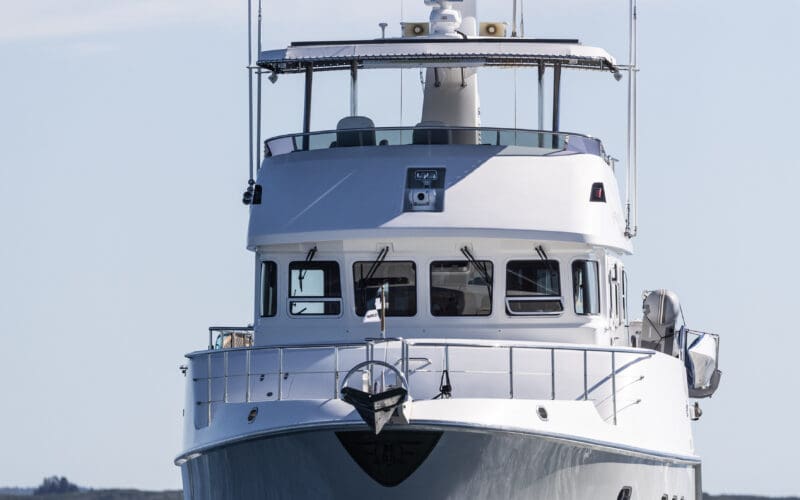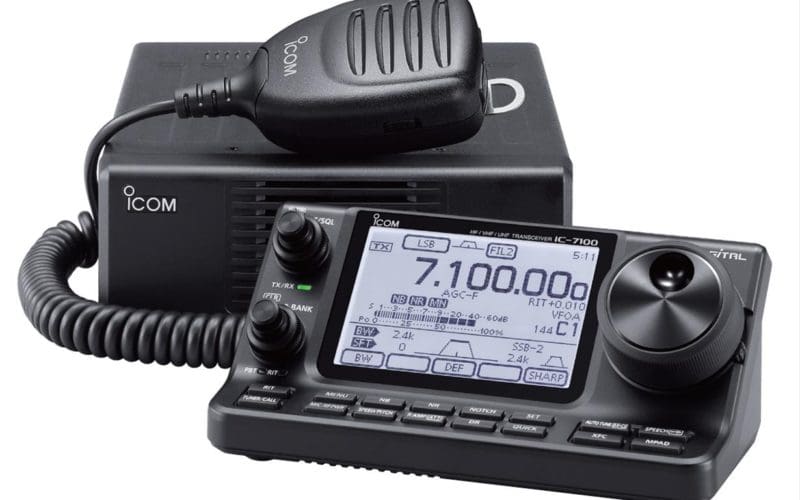11
Jul
by Bill Morris If you have chosen to install a single-sideband (SSB) transceiver with an automatic tuner on your vessel, you will also need to install an antenna system capable of transmitting and receiving from 0.5 to 30 MHz, come rain or shine anywhere on the world’s oceans. On sailing vessels less than roughly 50 feet LOA, the common practice is to install a backstay antenna. This requires removing the backstay, cutting out a long piece of the wire and reinstalling it with insulators to ensure transmitted power is kept safely above the heads and hands of crew. Another approach…



